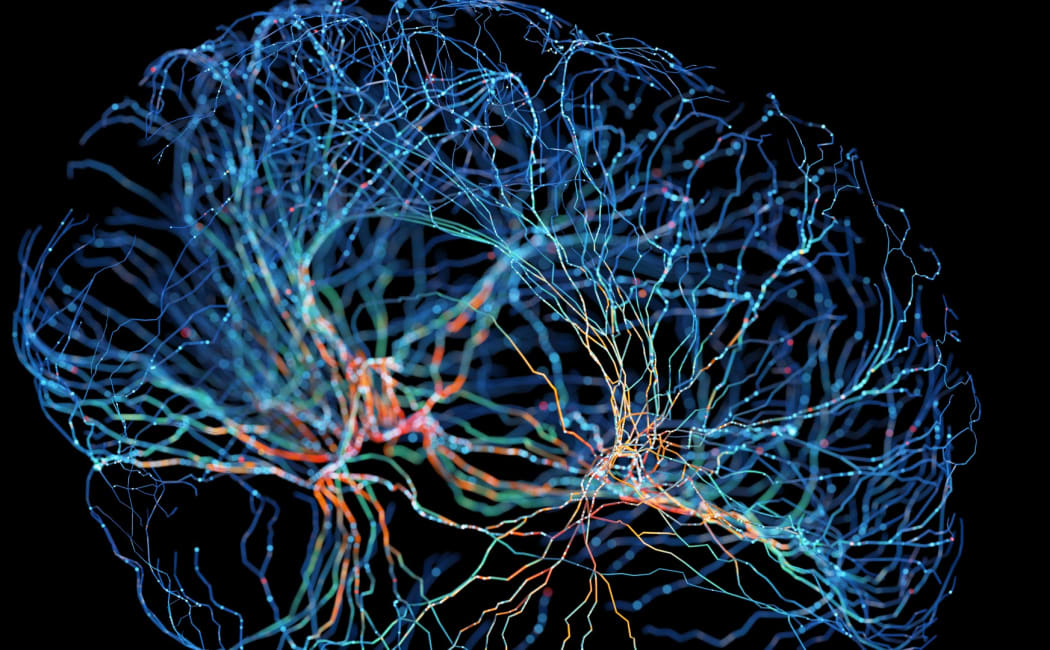Revolution in AI: Scientists Develop Artificial Neurons That Imitate the Human Brain

Revolution in AI: Scientists Develop Artificial Neurons That Imitate the Human Brain
A breakthrough in neuromorphic technology could reshape the future of computing and brain-machine interaction.
Published: October 15, 2025 | By Blogentia
In a **landmark scientific breakthrough**, a team of engineers at the University of Massachusetts Amherst has successfully developed an artificial neuron that behaves strikingly similar to a real human brain cell. What sets this innovation apart is its ability to operate at ultra-low voltage levels, matching the brain’s own electrical activity. This development could revolutionize the way computers are built — making them faster, more efficient, and capable of directly connecting with living tissues.
A Leap Toward Brain-Like Computing
Traditional computer circuits require enormous amounts of energy to mimic the complexity of the human brain. For instance, performing a simple cognitive task like writing a paragraph consumes only around 20 watts in the human brain. In contrast, a large AI language model needs **over one megawatt** to execute a similar task. This massive energy gap has long been a challenge in developing efficient neuromorphic computing.
Engineers have sought to design artificial intelligence neurons capable of operating at biological voltage levels. However, until now, the high power requirements made direct communication between synthetic and biological neurons nearly impossible. The new innovation from UMass Amherst finally changes that equation.
Powered by Nature: Protein Nanowires
The secret to this innovation lies in the use of protein nanowires derived from the bacteria Geobacter sulfurreducens. These protein structures naturally generate electricity, and when integrated into the artificial neuron, they enable it to function at an impressively low voltage of just 0.1 volts — exactly the same as human neurons.
Jun Yao, an associate professor of electrical and computer engineering at UMass Amherst, explained the significance of this: “Previous versions of artificial neurons required up to 10 times more voltage and nearly 100 times more power. Our neuron matches the body’s natural voltage, making true bio-integration possible.”
Earlier attempts at creating artificial neurons fell short because the high-voltage signals they produced were incompatible with living nerve cells. But these new low-voltage neurons pave the way for seamless communication between biological systems and electronic devices.
Why Low Voltage Matters
Most wearable devices and sensors today require an amplification process to convert faint biological signals into something a computer can process. This additional step consumes more energy and makes the circuit design more complex. With these **bio-inspired artificial neurons**, that intermediate step may no longer be necessary.
According to the researchers, sensors built using this new low-voltage technology could interact directly with the human nervous system — meaning smaller, more efficient, and more natural connections between our bodies and machines.
From Lab to Real-World Applications
This breakthrough has far-reaching implications beyond academic curiosity. The artificial neurons could be a game-changer in fields like:
- Brain-computer interfaces (BCI) – enabling more seamless communication between the brain and prosthetic or assistive devices.
- Medical implants – creating more natural and efficient neural prosthetics with minimal energy needs.
- Next-generation computing – paving the way for AI systems that mimic human brain efficiency.
- Wearable health sensors – eliminating bulky power-consuming amplifiers.
Jun Yao emphasized, “We already have many wearable sensors, but they are clunky and inefficient. With these new artificial neurons, we can make devices that communicate more directly with the body — without wasting energy.”
Efficiency Like Never Before
What makes this innovation remarkable is how closely these neurons mirror the electrical activity of real neurons — but without the massive energy demand typical of advanced computing systems. By bringing the operating voltage down to biological levels, engineers have opened the door to **neuromorphic systems** that operate almost like the human brain.
The use of Geobacter sulfurreducens nanowires isn’t new, but applying them in this context is unprecedented. This bio-engineered material bridges the gap between living and synthetic systems in a way that has never been achieved before.
The Road Ahead
The implications of this research are vast. Imagine **artificial intelligence systems** capable of operating with the same energy efficiency as the human brain, or medical devices that integrate so naturally with the nervous system they require almost no external power. This is the future researchers at UMass Amherst are bringing closer to reality.
The team envisions developing entire networks of these artificial neurons, potentially enabling:
- Highly efficient neural prosthetics
- Smarter wearable devices
- Advanced brain-to-machine communication
- AI hardware optimized for minimal energy use
This isn’t just about **artificial neurons** — it’s about a new era of computing that could fundamentally redefine how humans interact with technology.
A Glimpse Into the Future
As the world races toward more energy-efficient and human-like computing, this innovation stands out as a potential turning point. The ability to replicate the function of real neurons with bacterial protein nanowires offers a blueprint for the future of AI hardware, healthcare, and even brain augmentation technologies.
It’s not hard to imagine a future where **machines think like humans** — not metaphorically, but electrically. With continued research and development, the line between biological intelligence and artificial intelligence may grow thinner than ever before.
